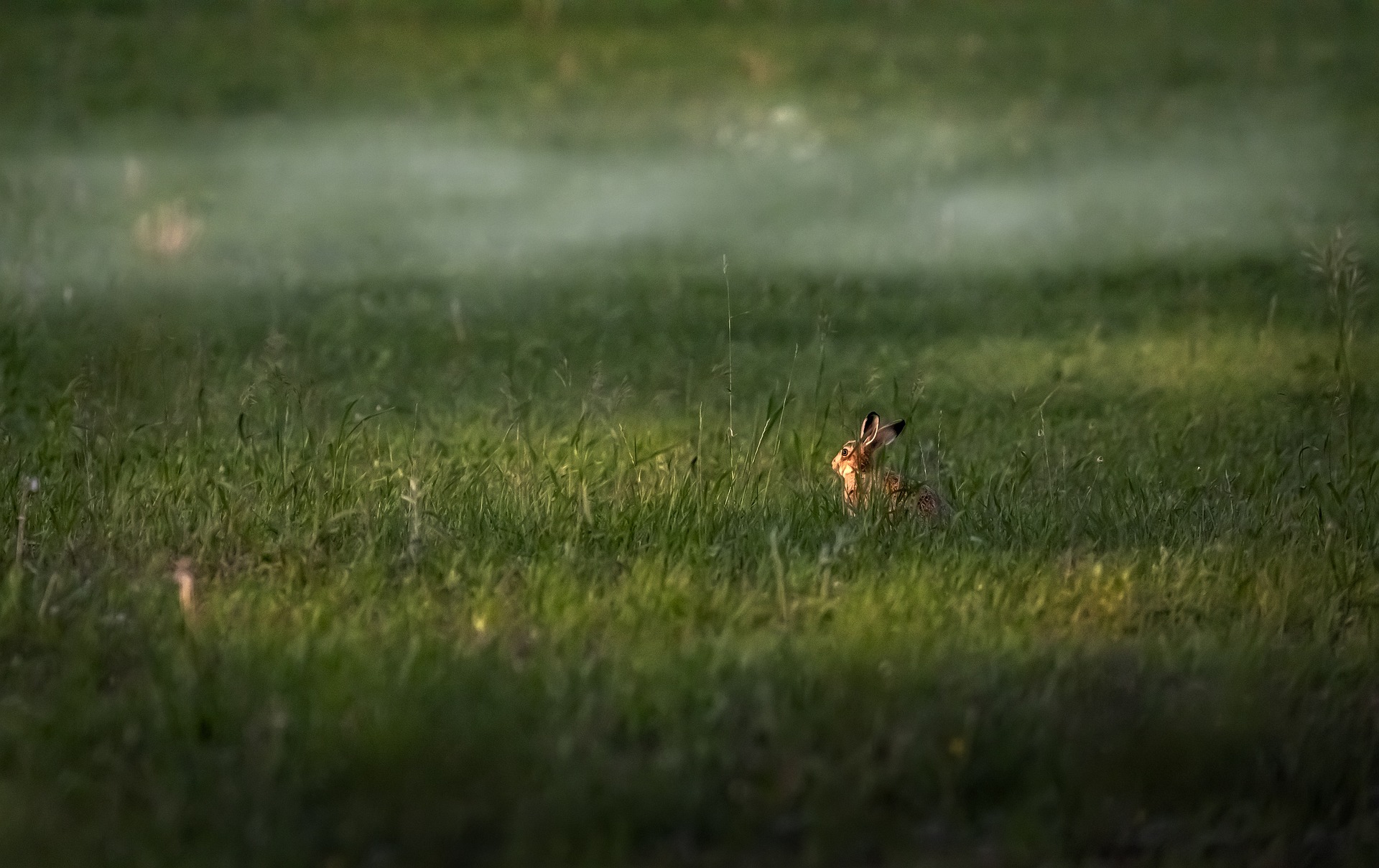The hare (Lepus europaeus), also known as the European hare or brown hare, is a species of hare native to Europe and parts of Asia. Here are some key points about the European hare:
Appearance
- Size: European hares are relatively large, with body lengths ranging from 60 to 75 cm (24 to 30 inches) and weighing between 3 and 5 kg (6.6 to 11 pounds).
- Fur: They have long, powerful hind legs, a distinctive black-tipped tail, and large ears with black tips. Their fur is typically brown or greyish, which provides effective camouflage in their natural habitat.
Habitat
- Range: They are widespread across Europe and have been introduced to parts of South America, Australia, and New Zealand.
- Environment: European hares prefer open fields, grasslands, and farmlands but can also be found in mixed woodlands. They thrive in areas with a mosaic of different habitats that provide food and cover.
Behavior
- Diet: Hares are primarily herbivores, feeding on grasses, herbs, and crops. In winter, they may consume bark and twigs when other food sources are scarce.
- Reproduction: They have a high reproductive rate, with females (does) capable of producing several litters each year, usually consisting of 2-4 leverets (young hares).
- Activity: Hares are mainly nocturnal, being most active during dawn and dusk. They rely on their speed and agility to escape predators, capable of running up to 70 km/h (43 mph).
Adaptations
- Survival: The European hare’s large eyes provide excellent vision for detecting predators. Their long ears help with keen hearing, which is crucial for survival.
- Behavioral: They use a technique called “form” to rest during the day, where they create a small depression in the ground or vegetation to stay hidden.
Conservation
- Status: The European hare is not currently considered endangered, but populations have been declining in some areas due to changes in agricultural practices, habitat loss, and hunting.
- Efforts: Conservation efforts focus on habitat management and creating favorable conditions for hares in agricultural landscapes.
The European hare is a fascinating species known for its speed, agility, and ability to thrive in a variety of habitats, making it an important and iconic animal in the regions it inhabits.
Visited 308 times, 10 visit(s) today
Views: 588
Subscribe to the newsletter:
